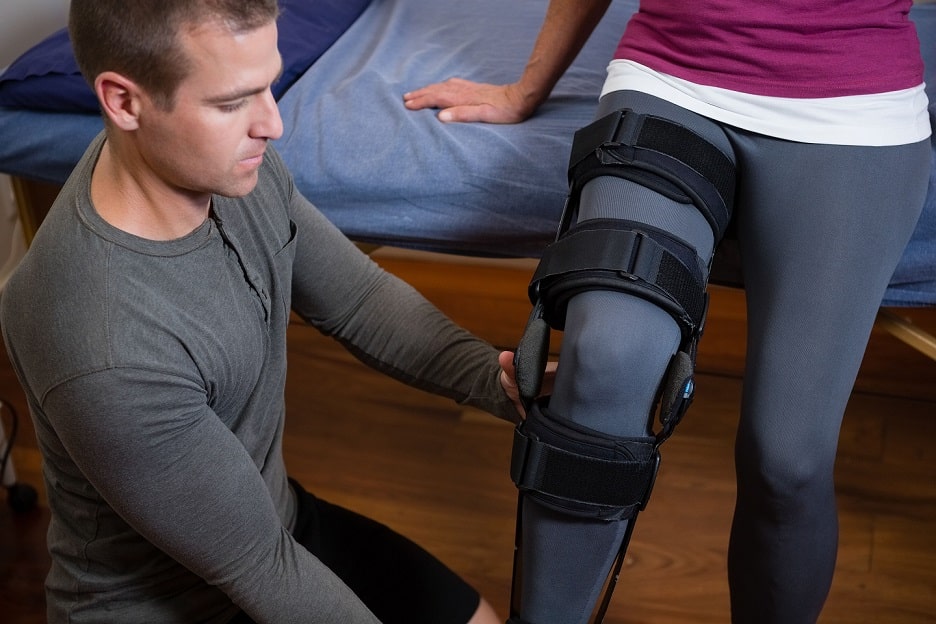Manual Handling Operations Regulations 1992 are designed to protect employees from any injuries caused by manual handling at work. Manual handling is not just specified to lifting but also to carrying, lowering, pushing and pulling. In order for employers to make sure their employees know how to do manual handling in a way they won’t injure themselves, they must provide manual handling training.
Records kept by the Health and Safety Executive (HSE), state that the most common injury sustained by people carrying out manual handling at work is a back injury, although injuries to arms and feet are also fairly common. Records kept by the HSE also say that more than a third of all accidents at work that resulted in the person been injured for more than three days are related to manual handling at work.
A lot of us think that it’s only workers in places such as factories, building sites and farms that are at risk of having a manual handling accident. The truth is, regardless of where you work, whether it is an office, hospital or shop, etc, you’re still at risk.
Read More


















